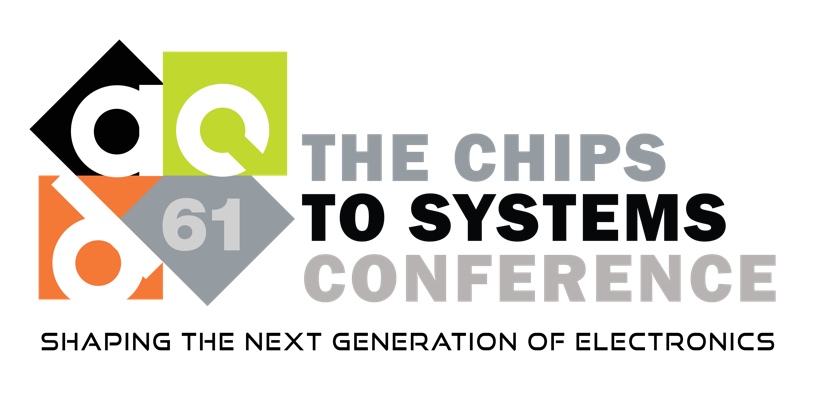Presentation
HEIRS: Hybrid Three-Dimension RRAM- and SRAM-CIM Architecture for Multi-task Transformer Acceleration
DescriptionLarge-scale transformer with millions of weights achieves great success in multiple natural language processing (NLP) tasks. To release the memory bottleneck of multi-task model deployment, transfer learning tunes part of weights with shared parameters among tasks. Moreover, computing-in-memory (CIM) emerges as an efficient solution for neural network (NN) acceleration. With higher storage density, RRAM-CIM can store the large-scale model without costly weight loading, compared with another mainstream SRAM-CIM. However, the RRAM rewrite for tunning and dynamic weight matrix-vector-multiplication (MVM) in transformers requires high-cost RRAM writing in RRAM-CIM. Current hybrid CIM can compensate the weakness of RRAM-CIM by adding SRAM-CIM with independent MVM operation. However, the tunned weights in transfer learning cannot be implemented due to the demand for the cooperative addition of MVM results from shared weights and tunned weights. In this paper, a hybrid three-dimension RRAM-CIM and SRAM-CIM architecture (HEIRS) is proposed for multi-task transformer acceleration, with the monolithically 3D integration of high-density RRAM-CIM and high-performance SRAM-CIM. The 3D RRAM-CIM with ultra-high density stores the whole NN model with mitigated off-chip weight loading. The SRAM-CIM is employed for efficiently performing dynamic weight MVM without RRAM write operation. Moreover, a novel hybrid-CIM paradigm is proposed with an input selective adder tree, to support cooperative addition in transfer learning. The experiment shows that, compared with RRAM-CIM and SRAM-CIM, the proposed HEIRS improves the energy efficiency by up to 7.83x and 2.29x on BERT, respectively. Meanwhile, the latency is also reduced by up to 85.5% and the storage density is enhanced by 7.2x, compared to RRAM-CIM.
Event Type
Research Manuscript
TimeWednesday, June 2611:30am - 11:45am PDT
Location3003, 3rd Floor
Design
In-memory and Near-memory Computing Architectures, Applications and Systems


